Using AWS S3 storage may cost you more bandwidth fee. In addition, you should consider actual databases and web applications that need to be backed up!
Access the AWS S3 management area at:
https://s3.console.aws.amazon.com/
Then select Buckets on the left menu.
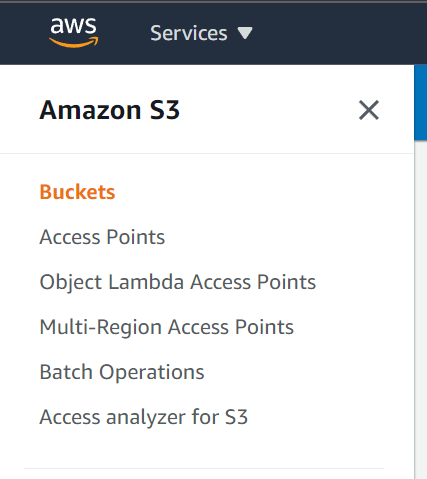
You will see the buckets you created on the right, or if you don't already have one, continue to press Create Bucket to start creating your new bucket.
Create new bucket
In the Bucket creation screen, you notice two items as below (other options to default):
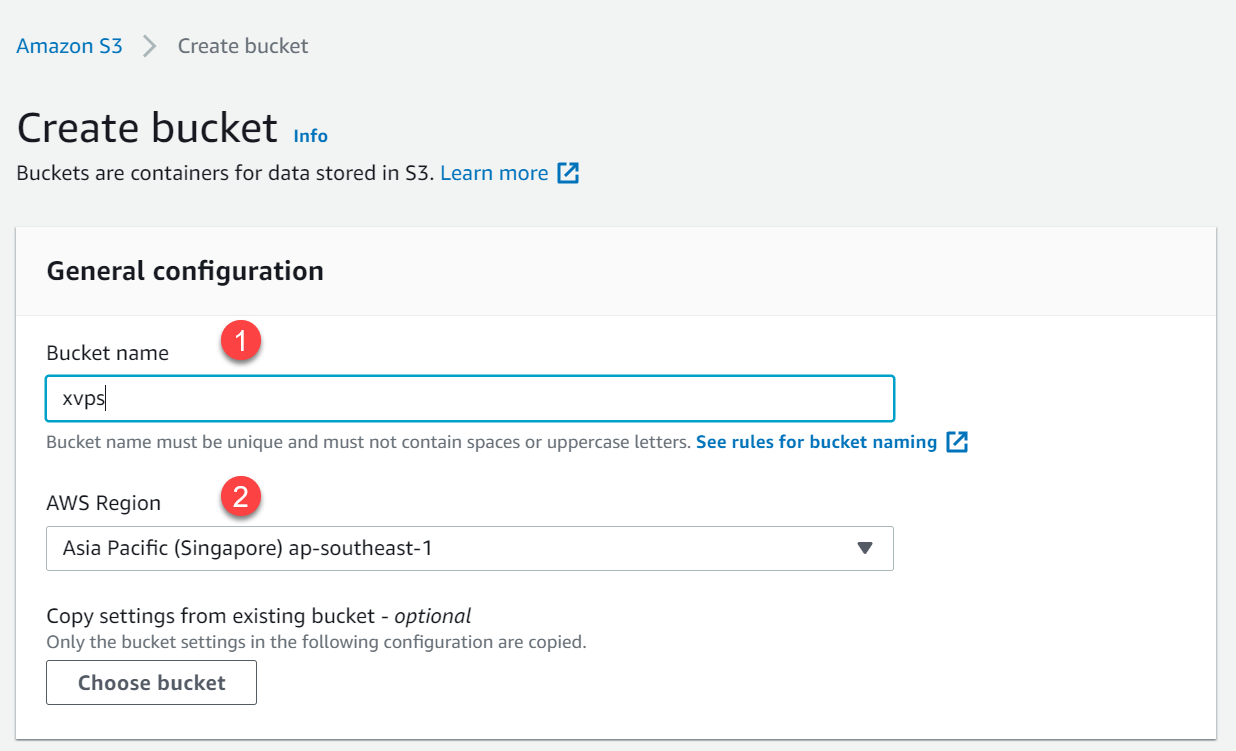
Bucket Nameis significant.- Must be the same between steps:
initialize with Rcloneandauthenticate with XVPS. - Use unsigned characters, no spaces, and no special characters
- Set name for your Bucket
- Choose a storage area for your bucket, so choose a location closer to your server, the faster the backup process. Here I choose
Singaporebecause my test server is in Singapore.
Press the Create bucket button at the bottom of the screen to complete the bucket creation process.
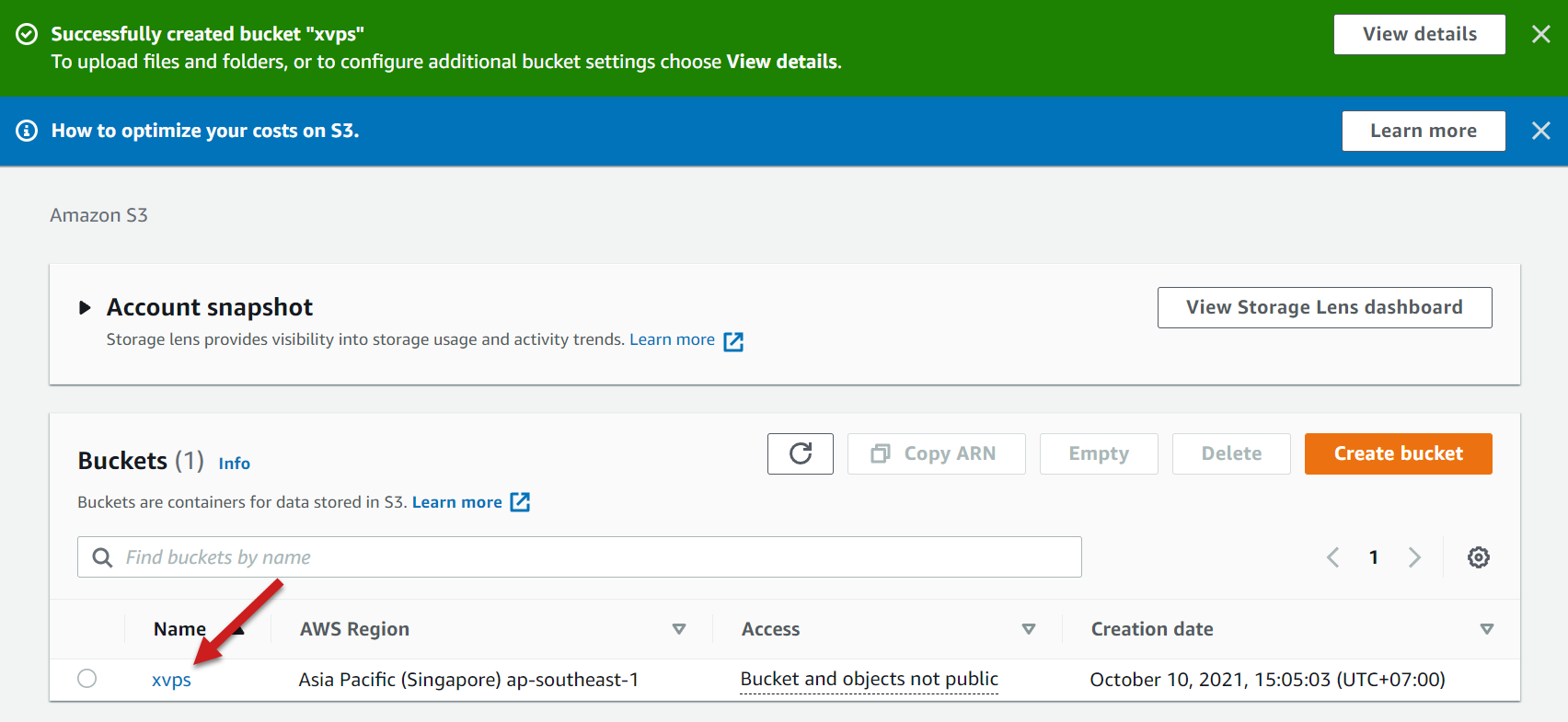
Get the Access Key ID and Secret Access Key
Access the AWS IAM management area at:
https://console.aws.amazon.com/iam/
Then select the Users item on the left side of the menu.
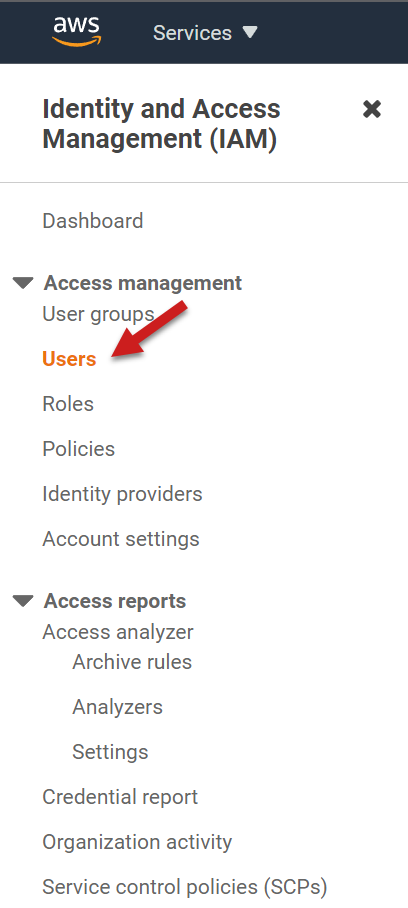
If you want to create a new user, click on Add User on the right side of the screen.
On the create new user screen, you should see the note (1 + 2) on the screen:

- Set new
Username- Checked on
Access key - Programmatic accessfor using Rclone via API.
Continue to press Next: Permissions.
On the next screen Set permissions, you should take note of the marked points:

- Select
Attach existing policies directly- Input
s3for searchingAmazonS3FullAccess- Checked on
AmazonS3FullAccess
Continue to press Next: Tags > Next: Review for skipping unnecessary information.
The total permissions that we need to have are as follows:

Press Create user to finish creating and grant permissions for the new user.
Access Key ID and Secret Access Key as shown:
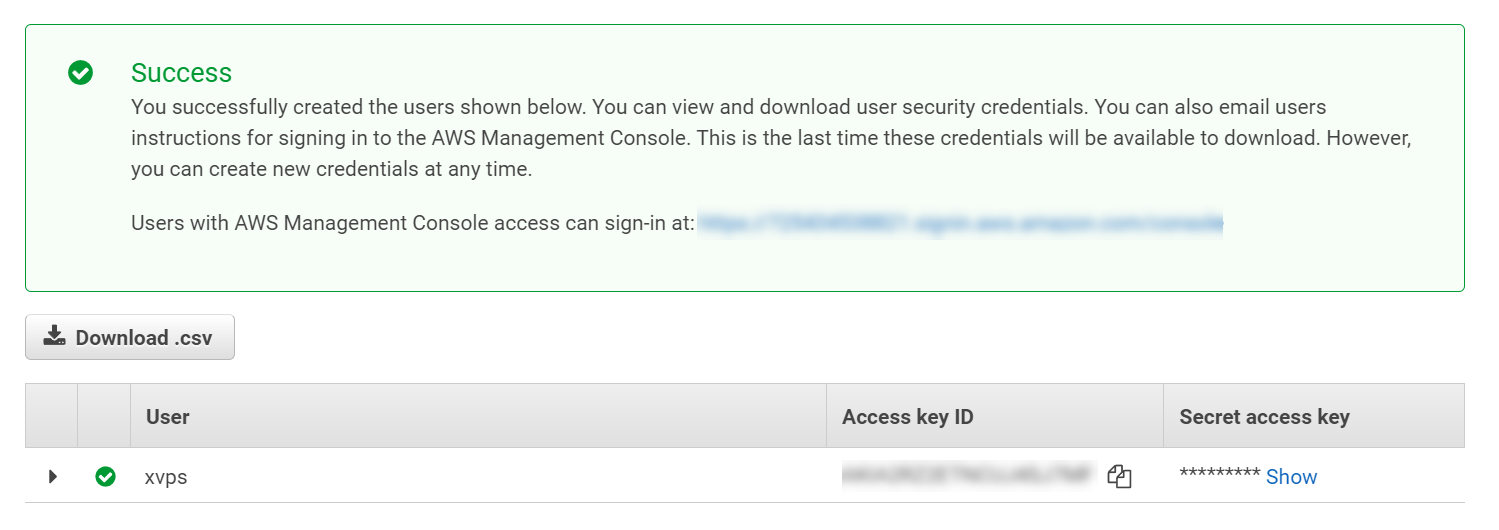
Copy Access Key ID and Secret Access Key to follow Rclone integrated with AWS S3